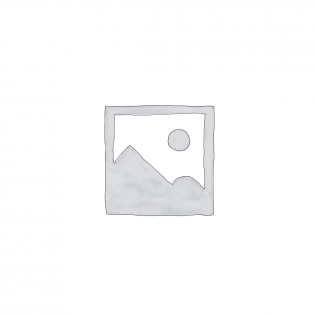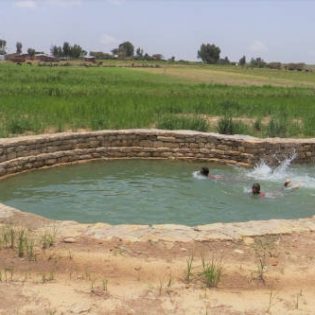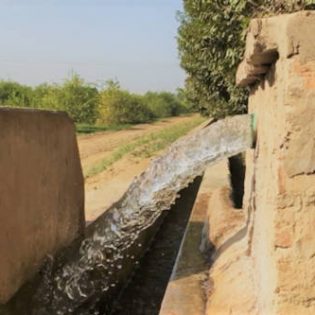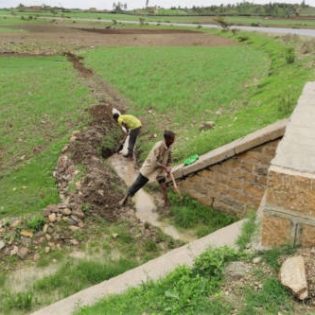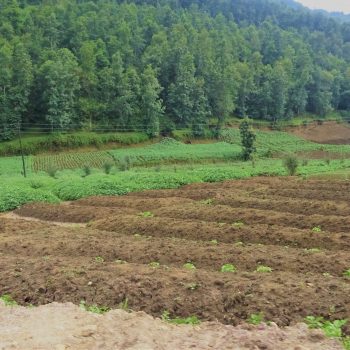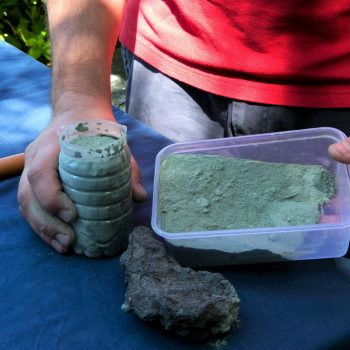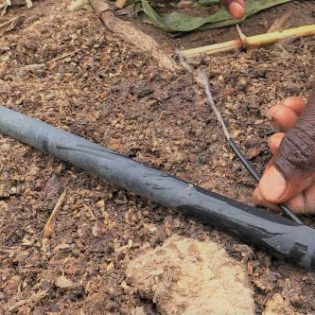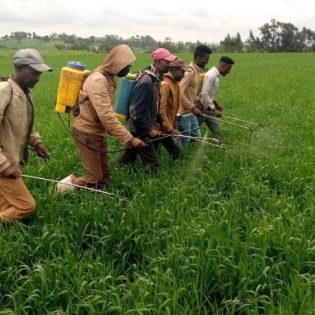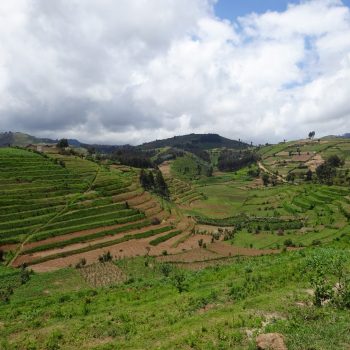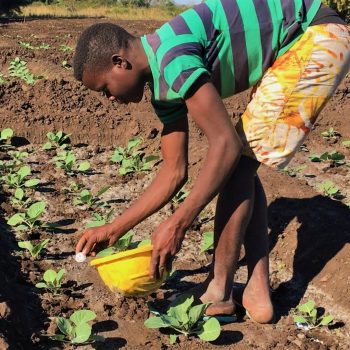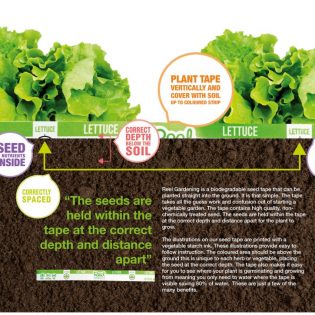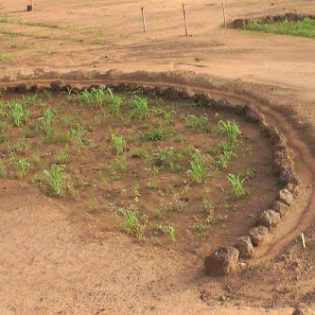Modification of solar radiation can be accomplished by adopting an appropriate row direction (Wilken, 1972). Directing the crop rows at a near right angle to the sunlight direction can influence the light interception and avoid crops shading each other. The farm’s location determines the best direction for the crop rows as row orientation’s effect depends on a site’s latitude. The right angle to sunlight direction may increase crop production due to the increased light interception by crops and the shading of weeds in the inter row spaces (Borger et al., 2010). In the Northern hemisphere, when the orientation is North-South, crops intercept more solar radiation than the soil, leading to reduced soil temperature. In the case of an East-West orientation, the soil intercepts more solar radiation, leading to an increase in soil temperature (Yildiz & Rattan, 1996), which can also lead to increased water evaporation (Gegner et al., 2008). Row orientation can also reduce wind erosion when the rows are oriented perpendicular to the prevailing wind direction (Funk & Engel, 2015).
When possible avoid the passive form in the sentence construction. By flipping subjects this sentence would be lighter to read
Additional information
| Agriculture | Flood/spate irrigated, Irrigated, Rainfed (Crop) |
|---|

